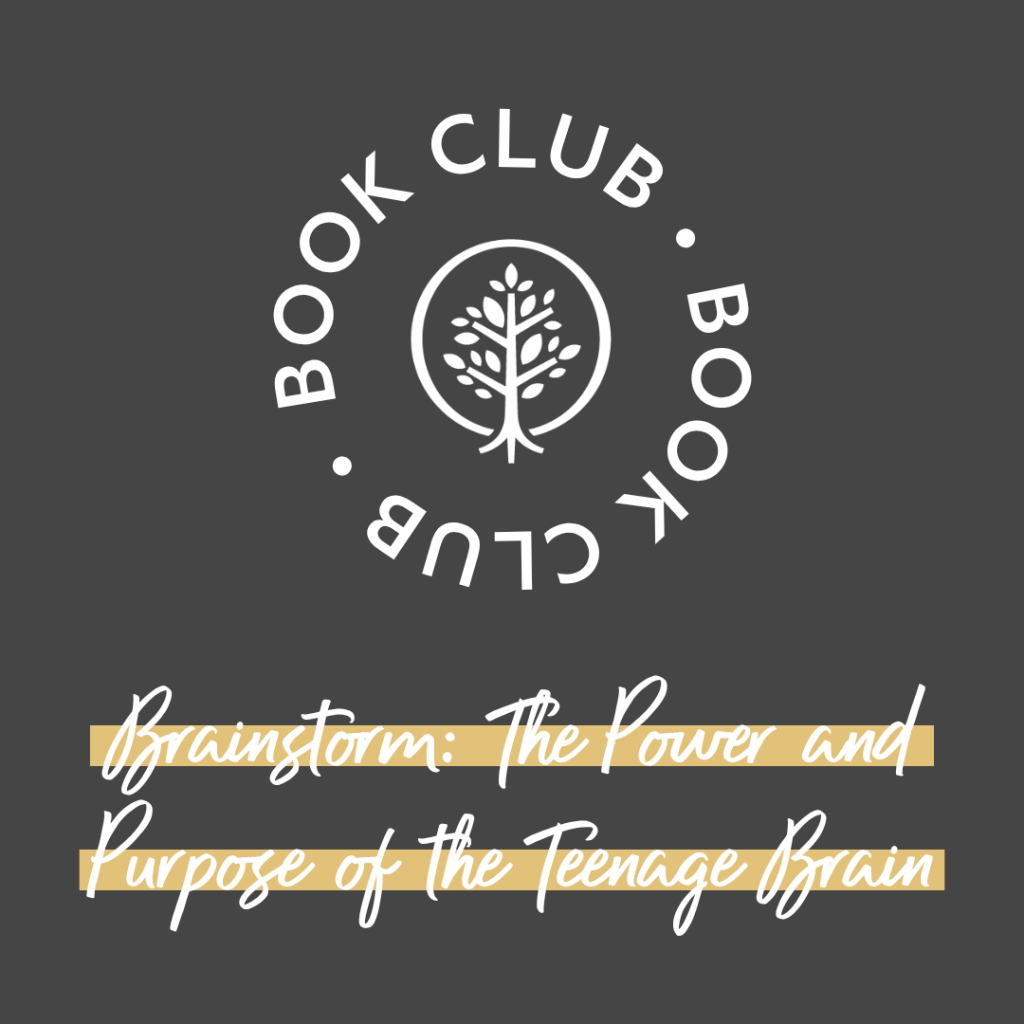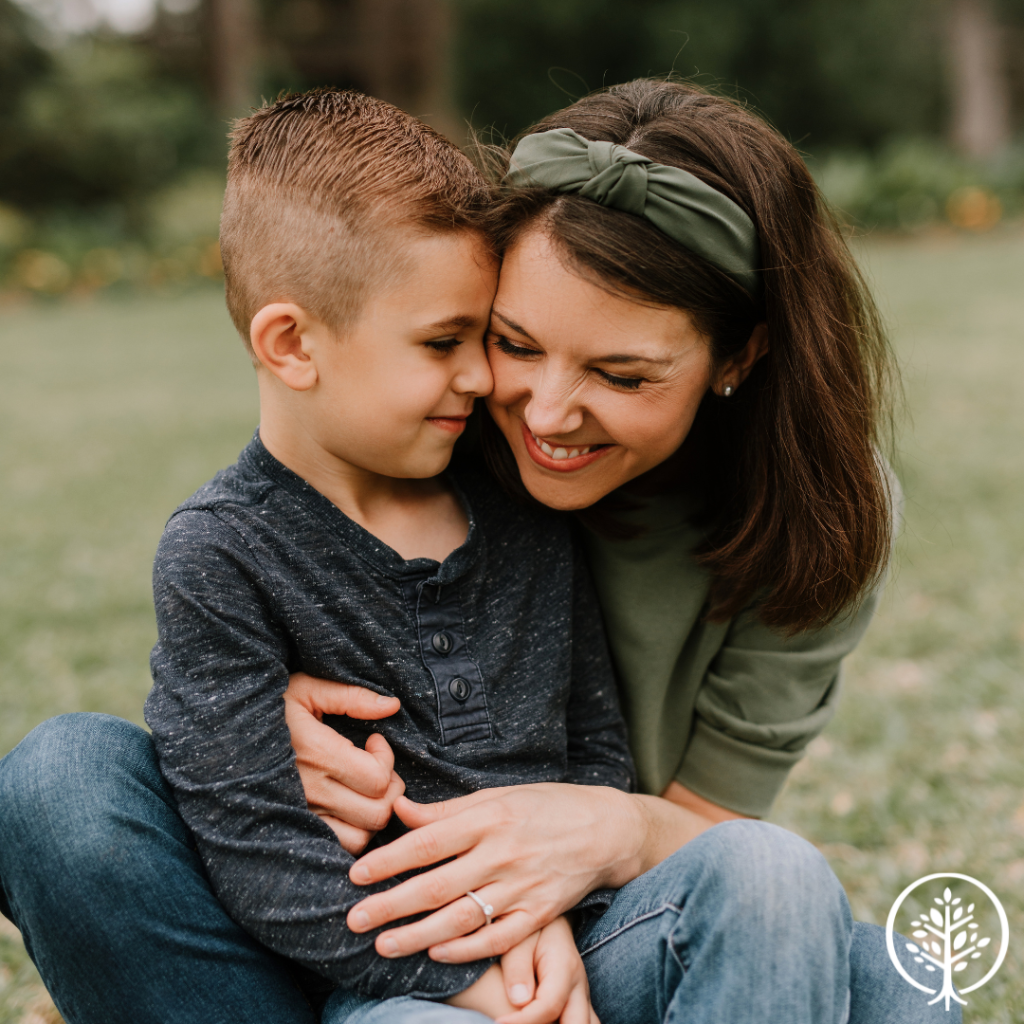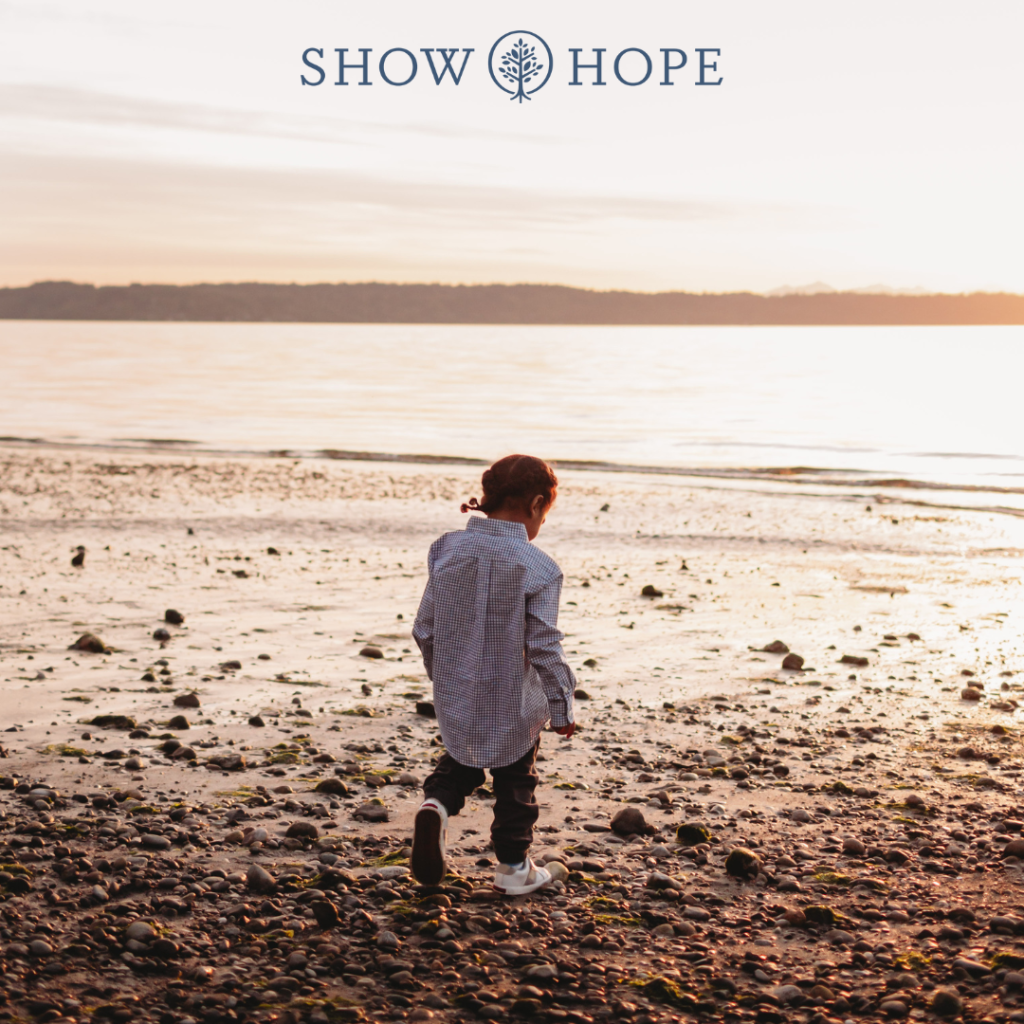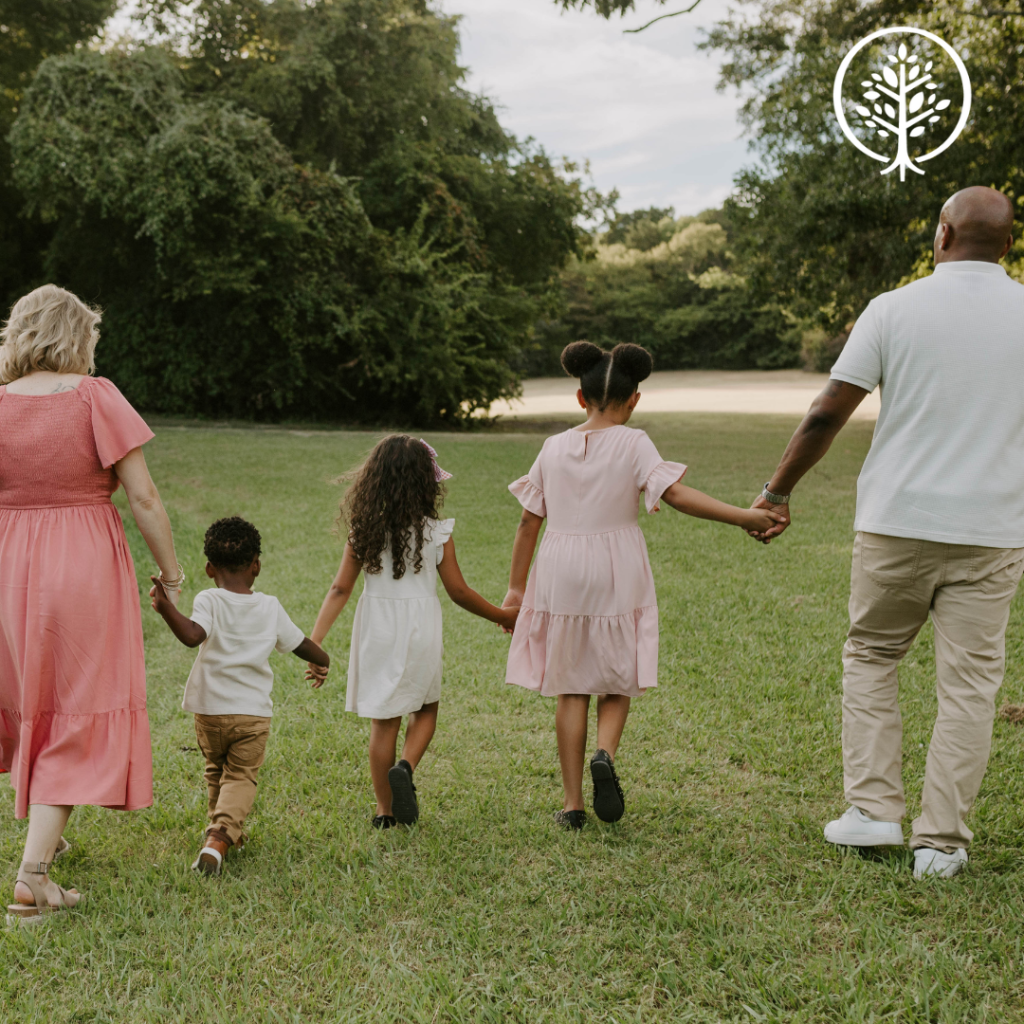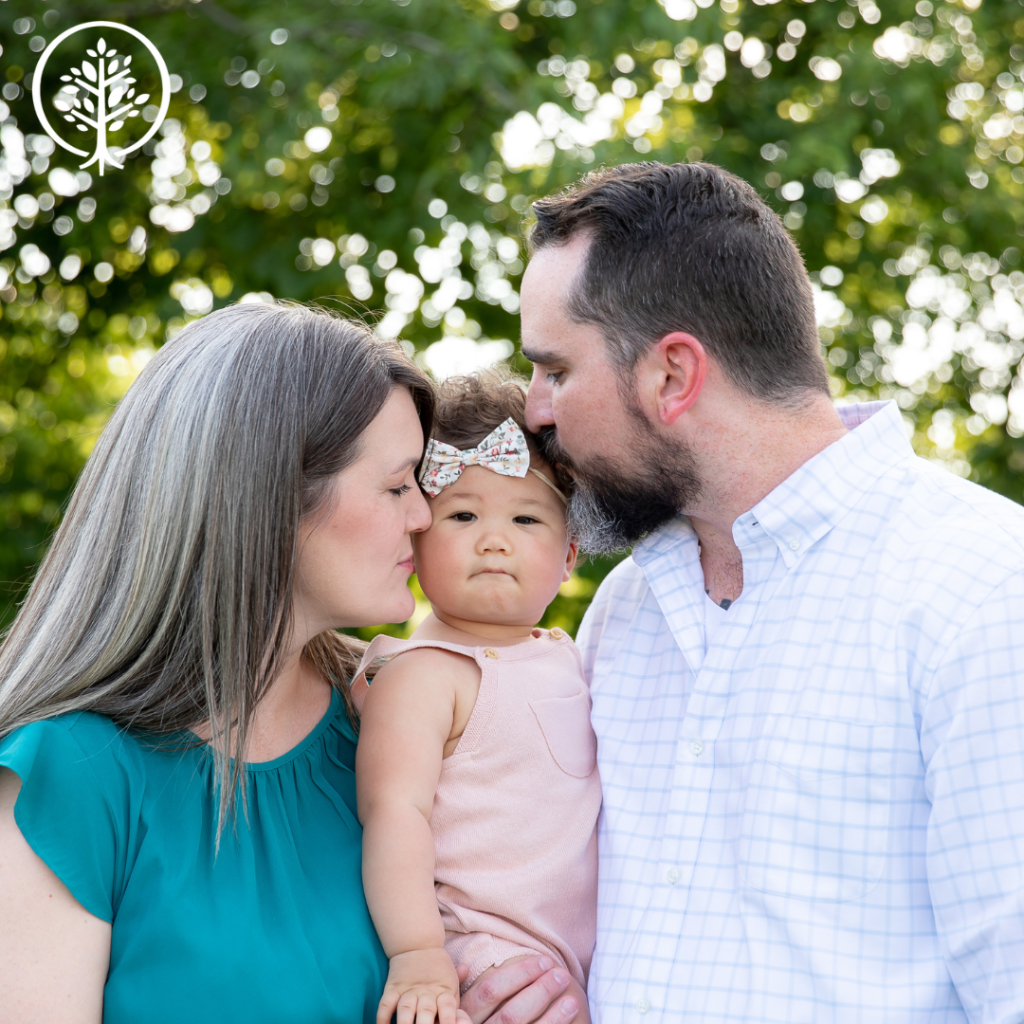Posts Tagged ‘Pre+Post Adoption Support’
Meet Kari Baragrey
When Kari Baragrey first learned about Trust-Based Relational Intervention® (TBRI®), she was seeking help for meeting the needs of her son, admitting she knew they weren’t dealing with anything they would be able to solve on their own. When Kari came across TBRI, she found there was only one TBRI-trained therapist in Michigan, where she…
Read MoreEsperanza Para el Viaje: Hope for the Journey
En un mundo donde el dolor y la quebrantamiento a menudo encuentran su camino en nuestros hogares, la necesidad de compasión, empatía y cuidado centrado en el evangelio nunca ha sido mayor. — Mary Beth Chapman, Cofundador de Show Hope Earlier this year, Show Hope Co-founder Mary Beth Chapman shared this piece of wisdom, driving…
Read MoreShow Hope Book Club: Brainstorm: The Power and Purpose of the Teenage Brain by Dr. Dan Siegel
Brainstorm: The Power and Purpose of the Teenage Brain In his book “Brainstorm: The Power and Purpose of the Teenage Brain,” award-winning educator and bestselling author Dr. Dan Siegel challenges the typical views of adolescence. He argues that adolescence—from 12 to 24—is a period of positive brain reorganization and growth rather than a phase of…
Read MoreShow Hope Book Club: The Body Keeps the Score
The Body Keeps the Score “‘The Body Keeps the Score” by Bessel van der Kolk is a great look into how trauma shapes both the mind and body, leaving lasting effects on emotional and physical health,” Show Hope Senior Manager of Communications Bethany Jones said. “Paired with our knowledge of Trust-Based Relational Intervention® (TBRI®), this…
Read MoreStructure vs Nurture
“If a child needs nurture and I give him structure, I harm his ability to trust me. If a child needs structure and I give him nurture, I harm his ability to grow.” — Dr. Karyn Purvis Designed to help meet the unique needs of children who have been impacted by trauma, Trust-Based Relational Intervention®…
Read More6 Tips for Sensory-Avoiding Needs
Sensory avoiding is when a child or teen is hypersensitive to sensory input from the five primary senses or three “hidden” senses proprioception, vestibular, and interoception. To the untrained eye, a child who is exhibiting sensory-avoiding behavior may seem defiant—plugging his or her ears, closing his or her eyes, or running away. But Trust-Based Relational…
Read MoreShow Hope Book Club: Gentle and Lowly
Gentle and Lowly “‘Gentle and Lowly’ gave me a clearer, more tangible picture of Christ’s heart toward me,” Show Hope Director of Development Emily Schafer said. “It helped me to debunk my interest in ‘earning’ the grace of Jesus and instead help me to rest in his gentle and loving embrace of me. It’s a…
Read MoreHow Sensory Seeking Can Lead to Connection
Spinning, jumping, and swinging. Bear hugs and loud environments. Wiggles and squirming. These are just some sensory-seeking behaviors common in children and teens—not your child acting out or being unruly and disrespectful. Sensory seeking is when a child seeks out and even craves sensory input. Unlike children who are sensory avoidant—often overwhelmed by input—children who…
Read MoreHow to Find a Therapist
Sometimes our children face things for which professional help is needed. These could include anxiety or depression, family problems, bullying, and emotional or behavioral changes, among others. Especially for children who have come home through adoption or foster care, therapy may be helpful to help your child begin to heal from trauma he or she…
Read MoreTeaching Your Values by Living Them First
The following is an excerpt from “Created to Connect: A Christian’s Guide to the Connected Child.” From Dr. Karyn Purvis with Michael and Amy Monroe, “Created to Connect” serves as a dynamic resource for those looking to draw helpful, encouraging parallels between the Christian faith and the foundational teachings of Trust-Based Relational Intervention® (TBRI®). When…
Read More


